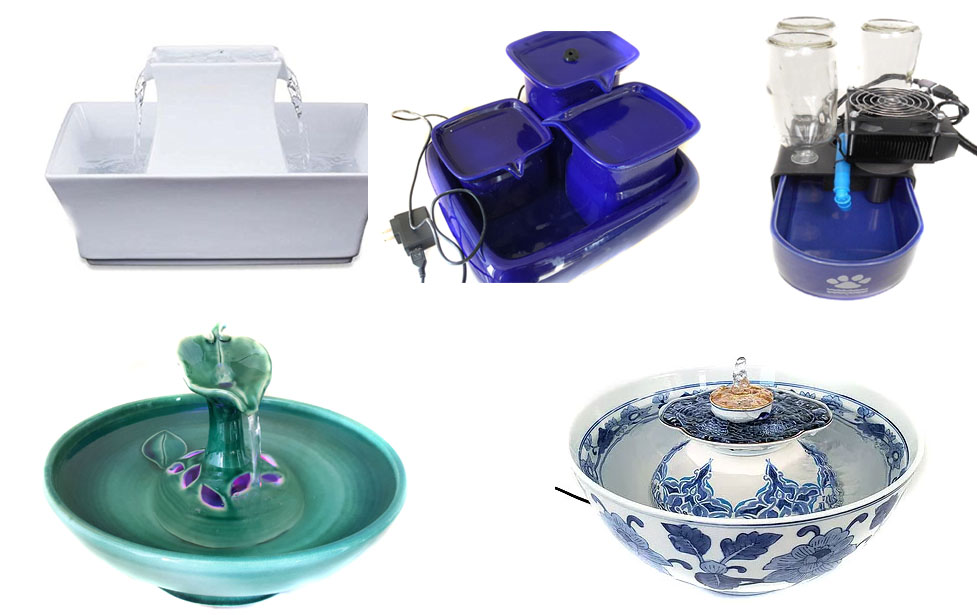


Before expressing what we find are the 3 best cat fountains and what makes them so, we first define what we mean by ‘the best’. That word is used a lot and quite indiscriminately for cat fountains whereby even toxic products find themselves labeled so. Let’s clear that up a bit.
Here, ‘best’ means the fountain is: made of quality materials responsibly produced; is food safe; long lasting; works well; produces no biofilm; easy to clean and cats like it. We also add to our ‘best’ the quality of beauty and it is that last attribute that eliminated many other contenders.
Examining a product for what it is made of, how well it works, how hard or easy it is to clean and how long it lasts is objective and all cat water fountains can be analyzed and rated based on those attributes.
There are other factors though which may make one of the ‘best’ fountains better than another based on your cat’s nature or on how many cats you have, as well as your own preferences. We bring those considerations into the picture as well, that you may have as much information as you need to determine what is the best cat water fountain for you and your situation. Following are the three we have chosen from our evaluation.
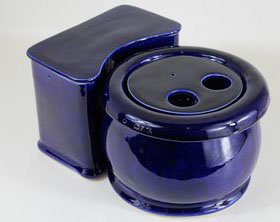
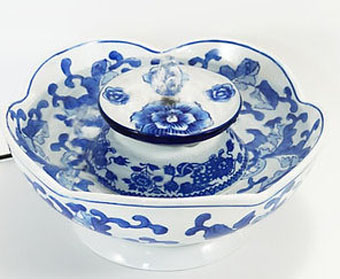
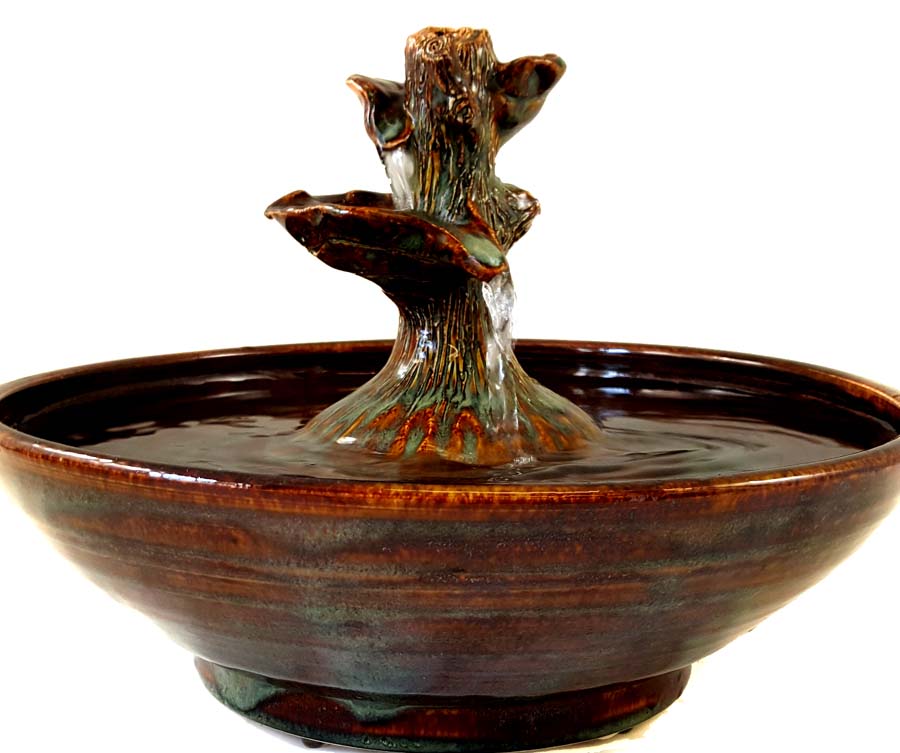
The most important quality all three of these fountains have is that they are all ceramic and are all handmade, although in the case of the Cattaps fountain, by whom or where is not generally known as the owner creates them from repurposed ceramics. Why is it important for a cat fountain to be ceramic? And does handmade matter? We get into some detail of this further down but first let’s dispense with plastic cat fountains and give a nod to stainless steel.
It has been thoroughly established by all authorities that plastic is not to be used for pets’ food or water bowls. Plastic harbours harmful bacteria and once established you will never get it out. The fountains become slimey and stay that way -as so many reviews testify to. Further, plastic causes chin acne in cats which can be a very painful disease. So far as the environmental impact of plastic, we all know it’s disasterous but this post is not the place for an in-depth on this. (This link has more.) Enough to say, plastic is absolutely out of the running. Before we get to ceramic cat fountains here is a look at stainless steel fountains.
Stainless steel is definitely better than plastic as a material for cat fountains, however we ruled them out as possible ‘best’ fountains for several reasons, after purchasing and testing the two top brands of stainless steel cat fountains.
One of the fountains has a lot of plastic parts which seems to negate the whole idea but the primary reason for rejecting the Drinkwell is that the steel is quite low quality (true of all the steel fountains we have seen), it is difficult to assemble and take apart for cleaning, it has greater longevity than plastic fountains but still not great and it rusts. So much for stainless.
The Pioneer has one prominent plastic piece which holds the pump but our primary reason for dismissing it as definitely not among the best is because there is only one function and no falling stream so the uses are limited, as is the aesthetic. It also of course is of low-grade steel.
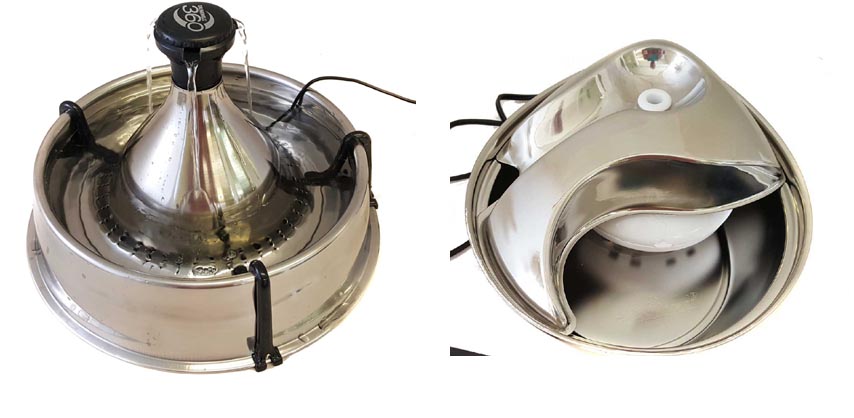
Some advantages of ceramics is that it takes high wear, heat, pressure, and chemical attack (gas and liquids). It can be of extreme hardness and durability, not affected by light, is natural and its creation is environmentally neutral. And with care a ceramic fountain will last a lifetime.
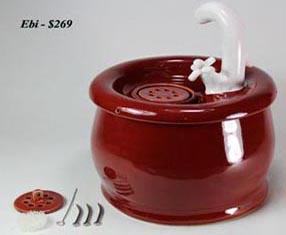
Ebi fountains are wheel thrown and hand-formed. There is a great variety of designs though all within a specific aesthetic. They are very well made and if you like the aesthetic these are excellent fountains, though some will be easier to clean than others.

Cat Taps purchases already created ceramic pieces from various locations and combines them to create fountains, usually matching up a center piece with a bowl. The two pieces are rarely if ever identical in design but work well together. The only drawback is that if you break a piece, matching it with another will likely not be straightforward. Cleaning is fairly simple.
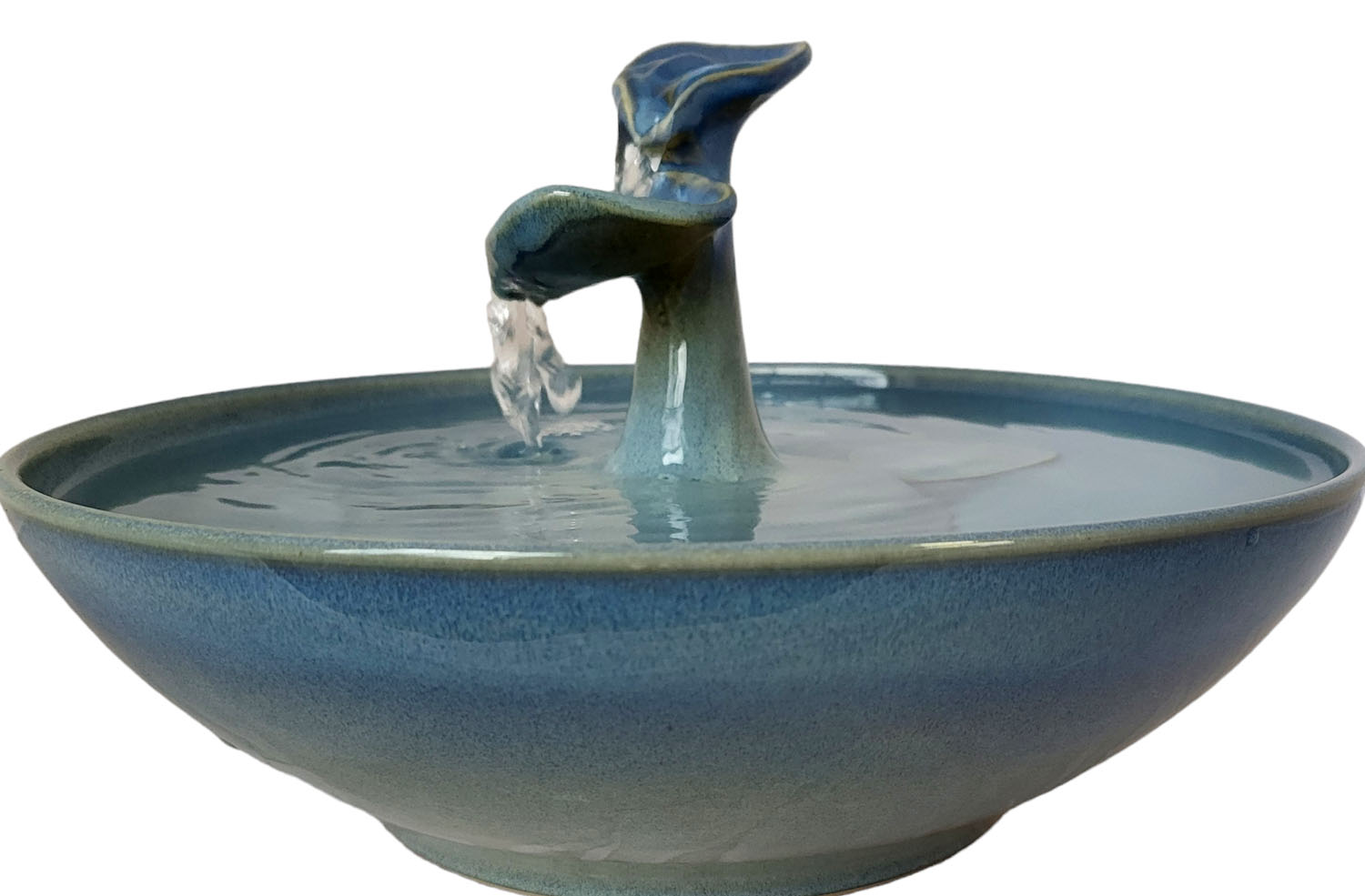
ThirstyCats (author of this post) fountains are made of highfire stoneware, completely by hand by wheel-throwing and hand-building. The glazes are made in-house. We offer many designs including specific designs for different kinds of cats such as shy, aggressive, longhair, flat-faced cats and for multiple cats and we take custom orders so you can specify your preferences.
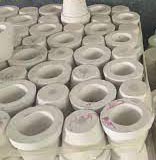
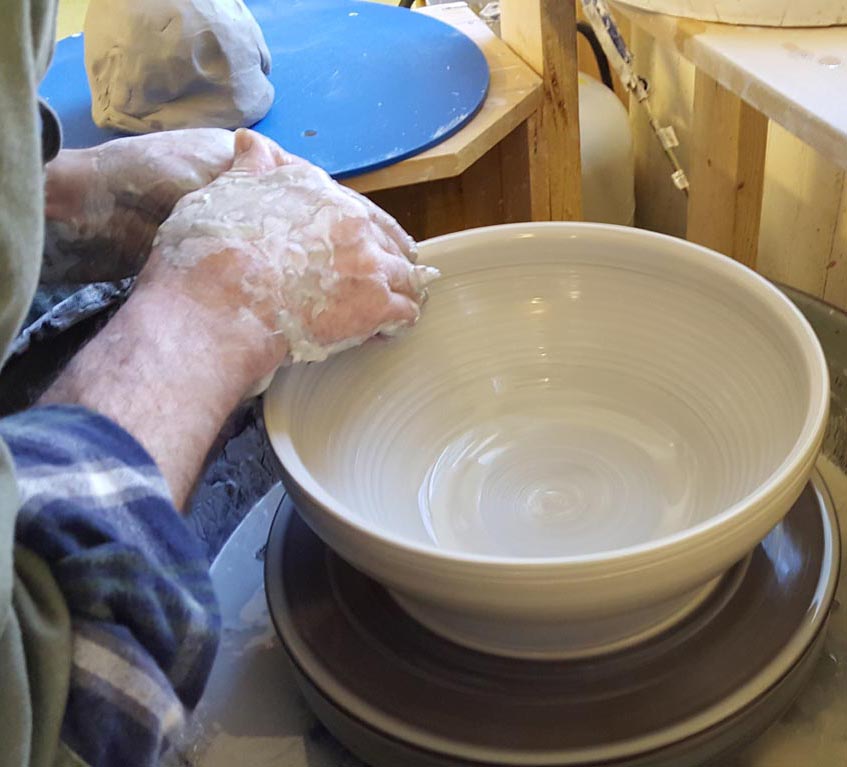
There are a great many ceramic cat fountains these days, mass produced in China by mold-casting, and all made of low-fire clay and glazes. These are what you find on Amazon. Does being made of low-fire (earthenware) clay matter? Well, you decide.
Earthenware is a porous, low-fire clay that is used a great deal, especially for decorative but also functional pottery. (Almost all ceramic cat fountains other than ThirstyCat fountains are made of this.)
Much of the pottery that comes from China and other countries is earthenware which is much less expensive to produce, both in materials as well as firing costs.
Think of al the inexpensive ceramics from China and all the colorful pottery from Mexico. That is earthenware. Very light weight and unless glazed or painted, porous. Here is more on this. Being not very dense, earthenware breaks more easily. As mentioned, all of the ceramic cat fountains from China are made of this as are the Miaustore fountains which are made in other countries.
Apart form the functional differences between handmade and mass produced there are other elements, which to many, are important. There is a quality to handmade you can never find in a mass produced product. We understand that instinctively but why is this so? Well, consider this. A machine fills hundreds of molds with wet clay which an individual then pours out when ready, de-molds the fountain and there it is. Never touched by human hands, not a thought has gone into its creation. It is sterile, dead.
And a handmade fountain? Someone not very different from you put a great deal of time and effort into creating the particular fountain you are holding, from preparing the clay, determing the form and bringing decades of skilled experience to the creation of that particular fountain. A team of people then worked to make that fountain as perfectly functional and as pleasing to see and use as possible, including what glazes to use and what particular ornamentation to bring to that piece.
Does this process and its creations compare in any way to the mass production of mold made fountains? Well, you can decide.